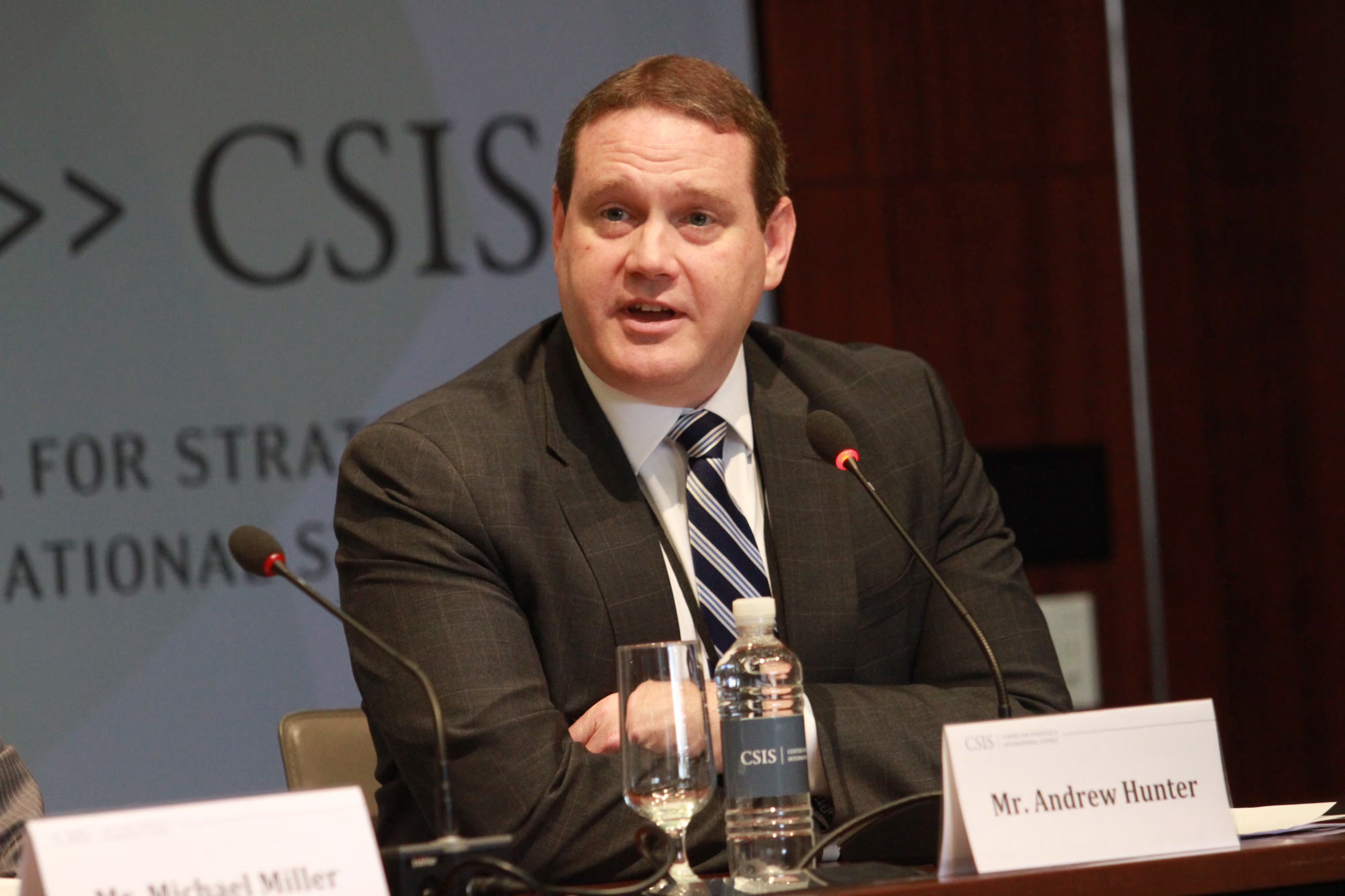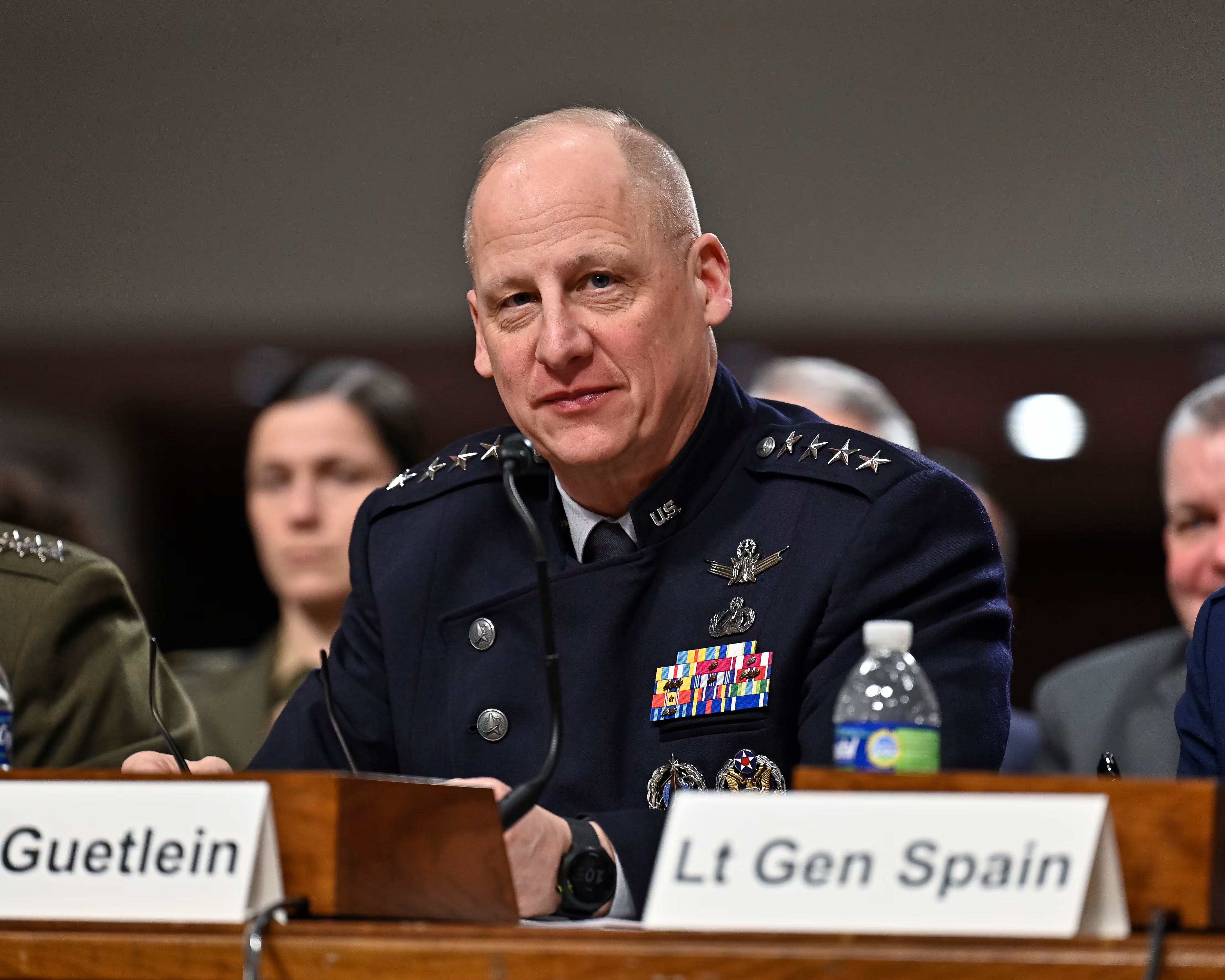WASHINGTON ― Bringing down sustainment costs for the Lockheed Martin-made F-35 Joint Strike Fighter would be a “top priority” for the nominee to lead U.S. Air Force’s acquisitions, he said Tuesday.
Andrew Hunter, a former director of the Pentagon’s Joint Rapid Acquisition Cell and President Joe Biden’s pick for assistant Air Force secretary for acquisition, technology and logistics, told senators he would work at the problem.
“The F-35 is an absolutely vital system for the nation and the challenges we confront with peer competitors we confront, particularly in the Indo-Pacific region,” Hunter said at his confirmation hearing before the Senate Armed Services Committee. “The cost of sustaining the F-35 has been something that has stressed the services, particularly the Air Force, which has the largest number of aircraft.”
In an exchange with the SASC ranking member, Sen. Jim Inhofe, R-Okla., Hunter acknowledged that buying more could be a way to lower operating costs per aircraft. But Hunter added that “there are other avenues we can and should take to lower the cost of the F-35,” though he did not elaborate.
If confirmed, Hunter would oversee an Air Force procurement budget of about $60 billion. Beyond the F-35, Hunter said he would work to lower Air Force sustainment costs more broadly ― which he agreed make up the lion’s share of life-cycle costs for most weapons systems.
“The Air Force has an aging fleet, and that has been driving up sustainment costs,” Hunter said during an exchange with SASC Chairman Jack Reed, D-R.I. “We have to make sure we bake in sustainability on the front end. So for the systems we have in development, we will look to make sure sustainability is considered early in the design to lower those costs over the long term.”
Lawmakers previously pressed Lockheed and the Pentagon to lower sustainment costs, saying those figures could force the Pentagon to cut the numbers of F-35s it plans to buy. Meanwhile, the Pentagon last month awarded Lockheed a $6.6 billion contract to sustain the F-35 from fiscal 2021 to fiscal 2023, which promises to reduce the cost of flying the aircraft by about 8 percent.
The House-passed version of the FY22 defense policy bill would require the Air Force, the Navy and the Marine Corps to meet targets for “cost per tail per year,” which measures the average cost of flying, maintaining and upgrading the jet.
New weapons
With the Pentagon’s current nuclear modernization track under competing pressures both internally and politically, Hunter affirmed the Air Force’s ongoing nuclear modernization programs would be among his top priorities.
“The timelines for delivering these new systems are very tight. Therefore we will be pursuing, if I am confirmed, these programs with urgency,” Hunter said during an exchange with the strategic forces subcommittee’s top Republican, Sen. Deb Fischer of Nebraska.
In written testimony, Hunter said he supports the Air Force’s Ground Based Strategic Deterrent program, which is set to replace the Minuteman III intercontinental ballistic missile, and the Long Range Standoff Weapon program, which aims to field a new air-launched cruise missile capable of both nuclear and conventional strikes.
Also at the hearing, both Hunter and the nominee for undersecretary of the Army, Gabriel Camarillo, defended Army plans to base long-range missiles in the Pacific against charges they were duplicative. Camarillo described the Army’s development of hypersonic weapons and its extended-range Precision Strike Missile as “very top priorities.”
Camarillo argued the Army’s long-range fires efforts respond to National Defense Strategy guidance, address threats from the Pacific and Europe, and would be able to “degrade the anti-access, area denial defense that we’re likely to face.”
Those comments on Tuesday came six months after the Air Force general in charge of managing the service’s bomber inventory made headlines for calling the Army effort expensive, duplicative and “stupid.”
Joe Gould was the senior Pentagon reporter for Defense News, covering the intersection of national security policy, politics and the defense industry. He had previously served as Congress reporter.








